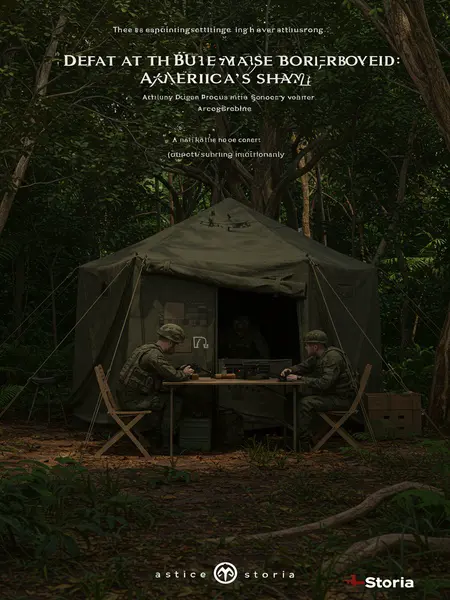Chapter 1: Into the Graveyard
A redcoat’s boot slipped in the Burmese mud, the jungle closing in, musket clutched tight as fever sweat stung his eyes. Somewhere behind the green wall, the thud of distant drums and the crack of gunfire echoed—a warning to any foreigner who dared trespass. In that moment, Burma truly earned its reputation as the "graveyard of empires."
Back then, just the name Burma conjured images of endless green jungles and impenetrable mountains where whole armies vanished without a trace. Seasoned British and French officers stationed in India traded war stories over tin cups of whiskey and hand-rolled cigars, recounting the Burmese campaigns—tales that always seemed to end in blood, fever, and defeat.
During this era, the Burmese army swept across nearly the entire Indochina Peninsula. Foreign soldiers—redcoats and sepoys alike—withered in the heat and humidity as they tried to match the Burmese in those rain-soaked forests. The Burmese weren’t just hacking their way through with swords; they had the latest muskets and cannons, shipped in by sly merchants from the British and French East India Companies, always eager to make a sale. Even the powers in India knew better than to poke the bear lightly.
Eventually, the Burmese set their sights on a new rival—the United States, then under President Franklin Adams. (In this alternate history, the U.S. had already expanded west, with figures like Adams and the National Guard shaping the frontier by the 1760s.) This twist, almost unimaginable now, set the stage for one of the most dramatic confrontations in American history. People these days might picture Burma as a distant place, but back then, it was the powerhouse of Southeast Asia—a nation to be reckoned with.
And with good reason: their army was almost unbeatable in battle. From 1750 through the 1760s—a single, brutal decade—the Burmese army rolled over every kingdom in their path. American schoolkids today might read about these campaigns in dusty old textbooks, but in their time, they were the stuff of nightmares for every general from Bengal to Saigon.
To the northwest, the Burmese crushed the Ahom Kingdom and Manipur, deep in the jungled reaches of eastern India. Their banners, heavy with rain, marched north to defeat the independent Shan States, and southeast to swallow the Lan Xang Kingdom—what we now call Laos. Down south, they slammed into Siam (Thailand), took the capital Ayutthaya, and all but snuffed out Siamese resistance.
If you thought their ambitions stopped at Southeast Asia, you’d be wrong. Even the British in India, ever proud and stubborn, eyed the Burmese with more than a little respect—and wariness. The French and Dutch, too, kept their distance, selling the Burmese guns but never crossing the line. Burma was a heavyweight: a regular customer for European firepower, and strong enough to tip the scales in Indian politics if provoked.
This was the era of Burma’s Konbaung Dynasty—their age of classical militarism. The whole country lived and breathed war: strict discipline, everyone in uniform, weapons as modern as any in London or Paris. It was a society that raised warriors almost from the cradle, and their kings didn’t hesitate to use them.
After trouncing nearly everyone in Indochina, the Burmese found themselves running out of challengers. Ambition, or maybe boredom, turned their gaze farther afield—toward the United States. In their eyes, only America remained to contest their dominance in the East. It was a collision course, and neither side was going to blink.













